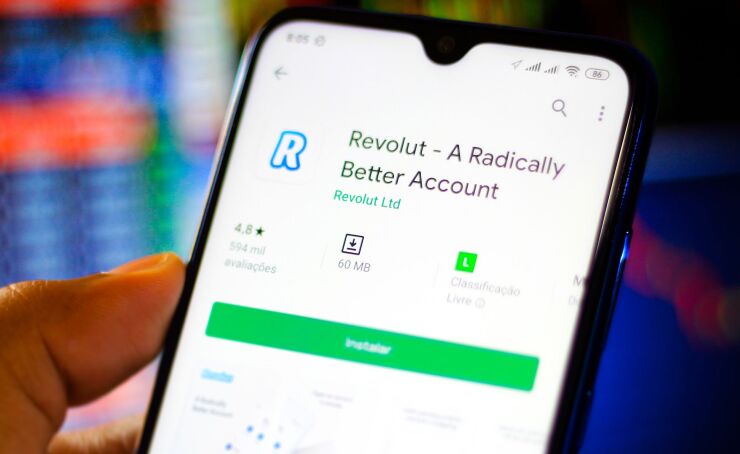Revolut's global expansion has been largely digital and in step with the company's roots as a mobile payment app. But now the company has added a dose of hardware.
The London-based firm's Revolut Reader, launched last week, is the company's first physical product. It supports chip-and-PIN cards as well as contactless cards and mobile wallets. Revolut is competing in a crowded and relatively older market to offer point-of-sale hardware, where the likes of Block (formerly Square) and PayPal have already established themselves as the alternatives to traditional terminals.
But Revolut is also making this move as it attempts to build a full-fledged financial services app in multiple countries, and will need a way to prevent business clients from turning to other companies for brick-and-mortar payment acceptance.
"This is all about rounding out the offering to business customers," said Zil Bareisis, head of Celent's retail banking practice. "If you are a business selling to consumers, accepting payments is essential, and banks like Revolut don’t want to leave that to the acquirers."
Revolut's hardware has launched in Ireland and the U.K., and Revolut plans to bring the product to all of its global markets, reaching a network of about 500,000 merchants.
The company additionally plans to add a point-of-service feature that will enable Revolut-enrolled businesses to integrate Revolut Reader into an existing point-of-sale system that a merchant is using. The launch marks Revolut’s move into in-person payments, enabling businesses to sell online and in person from a single platform, Thibaut Genevrier, head of product and a partner at Revolut, said in an email.

Revolut's strategy is to counter other fintechs, challenger banks and traditional merchant acquirers by adding payments to Revolut Business services such as foreign exchange, global transfers, subscriptions and corporate card management, Genevrier said.
"There will be less contracts, accounts and no need to track money as it moves from one entity to another," Genevrier said.
Block and PayPal introduced mobile card readers a decade or more ago, and have since built more fully-featured product sets around them. PayPal, which launched its Here reader in 2012, acquired European mobile point of sale hardware firm
Both PayPal and Block have taken on a "super app" strategy of combining payments with other business functions within a single interface.
Revolut is counting partly on lower costs to complete, arguing that its Revolut Reader may come with lower fees for some merchants.
"The product will settle funds into accounts in one day, and business will keep more," Genevrier said, adding the reader costs about $35 and the pricing for each payment is customized based on the merchant, though it could be as low as 0.8% plus about 4 cents per transaction.
Revolut over the past year has added features that allow
"Just like for consumers where Revolut is building a super app, they are now increasingly bringing more tools and services under one roof for business customers," Bareisis said.
Adding physical point of sale payment hardware may not be an obvious fit for Revolut's largely mobile payments and digital financial services business, but it allows the company to round out its mix of products, said Marco Salazar, director of payments for Javelin Strategy and Research, adding support for a broad range of payment options would fit with support for other services such as an e-commerce marketplace or buy now/pay later lending.
"This way Revolut will have the digital as well as physical," Salazar said.






